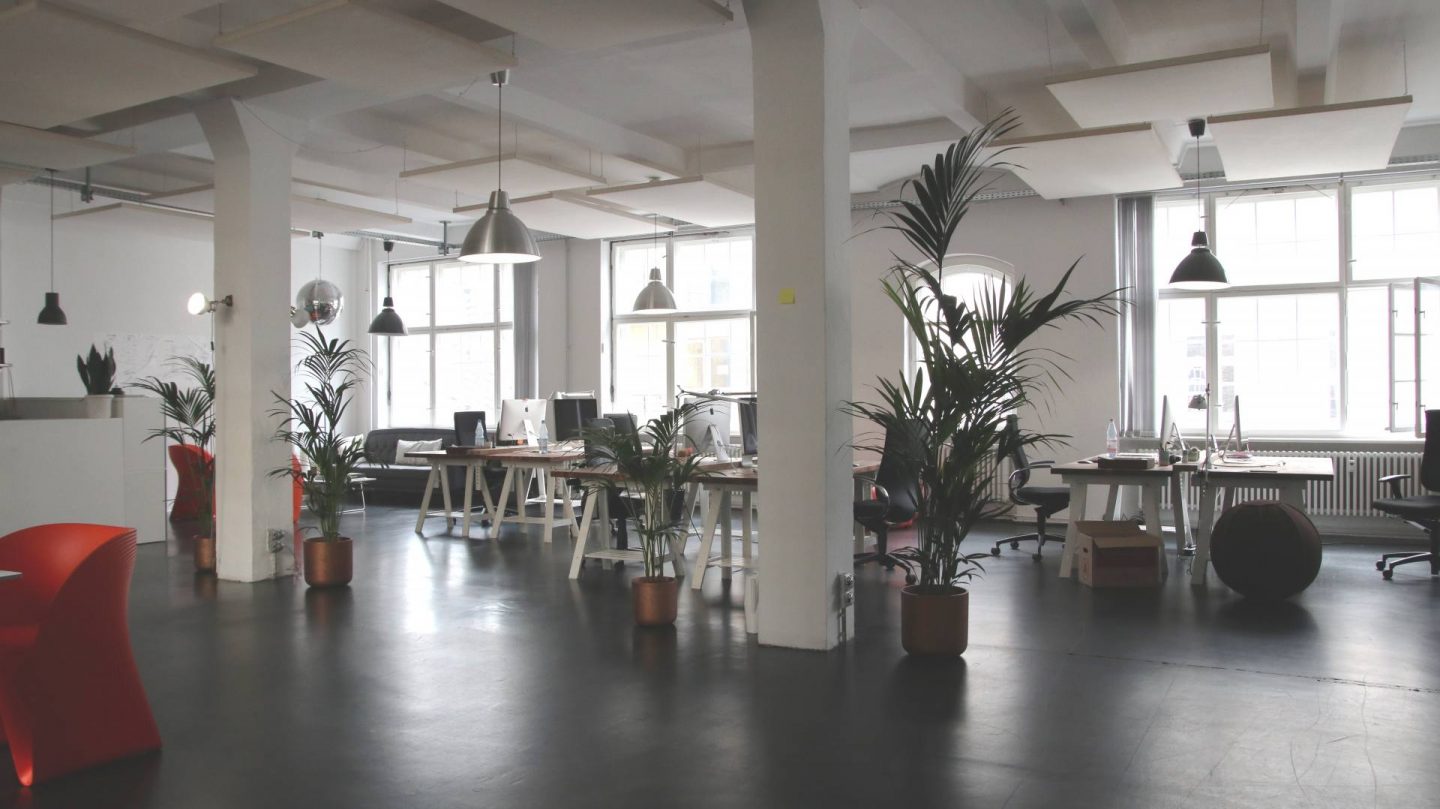*This is a collaborative post.
Agility” is a buzzword you might have heard a lot in business circles recently, and for obvious reason – or so you may think. Agility simply refers to the ability to respond quickly to change; surely this ability would bode well for any business in any age?
Yes, but it’s especially applicable in our current age, where mobile technology is continuing to turn the very concept of the workplace on its head. If your workers are like birds trying to spread their wings, you don’t want to keep them trapped in uncomfortably small cages, to use an apt metaphor.
Therefore, assessing whether your workplace is sufficiently agile starts with judging what your employees are trying to achieve – and then making their goals easier to reach.
What exactly is an agile workplace?

You probably thought you already knew the definition: a workplace capable of reacting swiftly to change… right? Yes, that is right – but also not quite the whole story. In a Forbes article, workplace agility is said to stem from an “ability to work quickly, seamlessly and cohesively”.
Ensuring this ability can, surprisingly, be much easier said than done – and this is due to the emergence of mobile technology which has enabled more employees to work from home or while travelling. At a time when workers can – and should – work wherever, whenever and however they want, the workplace can be far from just a single, physical building or office.
Those poses challenges for you as a business owner or manager – as it means that, whatever your staff’s working practices, all of your workers should remain on the same page, productivity-wise. They should all be acting as part of a single unit and moving in the same direction.
What tools should you equip your workers with?
Fortunately, putting in place the fundamentals for a cohesive workplace can be just a matter of downloading the right software rather than investing heavily in new hardware. Your staff might already have the hardware they need, especially if you operate a “bring your own device” policy.
As implied in an article on The Telegraph‘s website, your business might prefer its staff to use “corporately owned, privately enabled” devices in place of personal devices when it comes to working. After all, with this strategy, it would be clearer who owns the data – and, if a device is misplaced, you can remotely “kill” it by wiping out all of the data on it.
However, there can be much more to a portable office, and a truly productive-to-use one at that, than just a phone or tablet, however well-featured that is. You can also provide, say, device chargers, privacy filters, portable printers and scanners and wheeled, modular cases.
With many of your staff probably out of the physical office at any given time, this could have implications for how the head office is arranged and laid out. If you are stumped about how to suitably overhaul it, chatting to office design experts could enlighten you.

